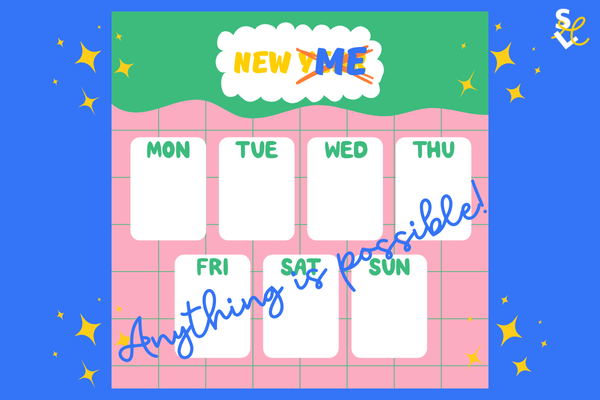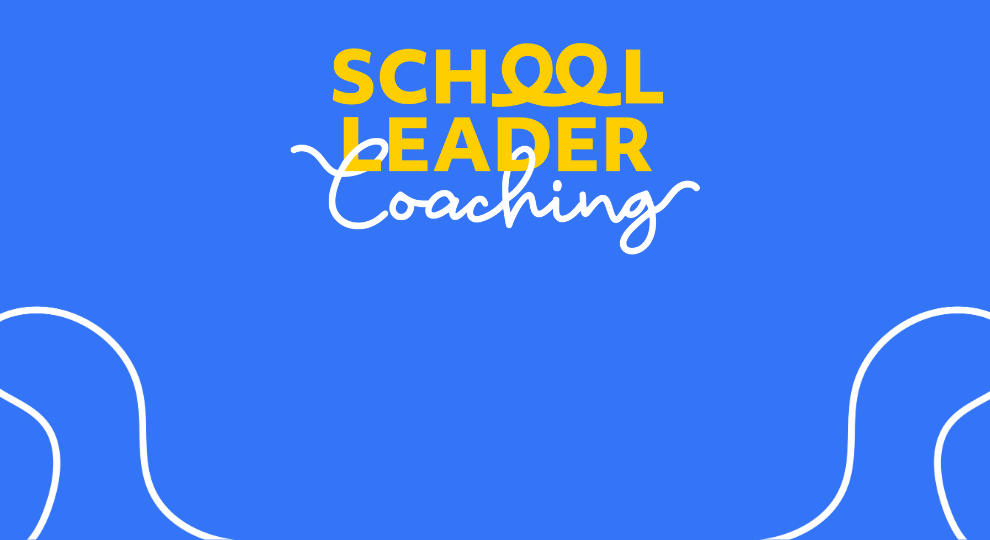How small pauses can make a big difference
Just like that brand-spanking new planner, the start of the academic year can feel clear, calm and brimming with the promise of exciting possibilities. But I know from my own experience that it’s easy to start with strong intentions for them to quickly become buried under the general weight of daily leadership life.
It’s not that the intentions weren’t good, it’s that the day-to-day reality has a way of pushing even the best-laid plans further and further down the list until they’re no longer even a thought. So, how do you stay intentional when the pace is relentless?
One powerful way is to take a coaching approach to your leadership.
Move out of auto-pilot
Being intentional isn’t just about diary management or setting goals (though those are important). It’s about how you show up in the everyday moments that help make that change.
A coaching approach helps you stay intentional because it shifts you out of automatic pilot. Instead of reacting instantly, you pause. Instead of giving an answer straight away, you get curious. Instead of carrying everything yourself, you ask questions that help others take ownership.
That pause, that curiosity, that shift in responsibility all help you act with greater clarity and purpose. You’re not just swept along by the next urgent issue; you’re choosing how to respond in a way that aligns with your priorities and values.
The power of the pause
As a school leader, you’re used to thinking on your feet and there’s often an internal pressure to have an answer, make a decision or solve a problem instantly. But responding immediately isn’t always the most effective approach and it can actually undermine your focus and intentionality.
That pressure to have all the answers can lead to reactive decisions. So next time, rather than giving your response or opinion straight away, try pausing and asking questions that invite responses from others.
Many school leaders I work with feel a strong urge to solve other people’s problems. Next time a member of staff comes to you with an issue, try pausing before responding and consider whether the issue is really yours to solve or whether you could help them find their own solution.
I imagine you didn’t get to the position you’re in now by turning down opportunities, but this can also have wellbeing-related drawbacks. Next time an exciting new opportunity arises, pause before saying “yes” and ask yourself if this fits with what you want to be intentional about this term?
Small shifts that make a big difference
These small shifts may feel subtle, but together they create a leadership style that is intentional, lighter and more sustainable. Each pause, question and choice is a step toward a year where you lead with clarity and purpose, support your team more effectively and feel more in control of your own priorities.






0 Comments